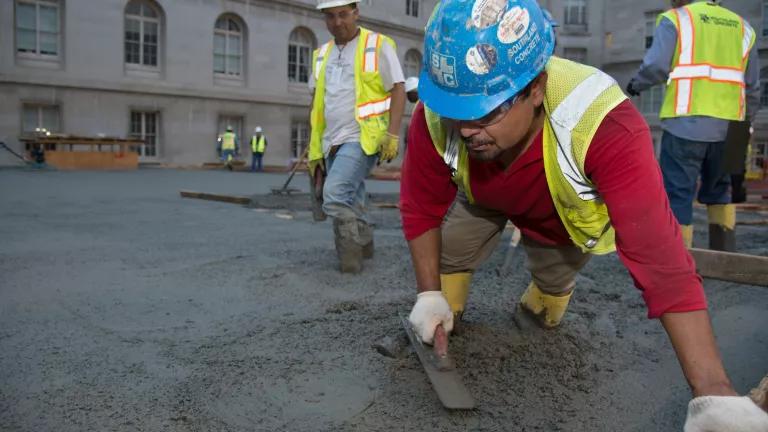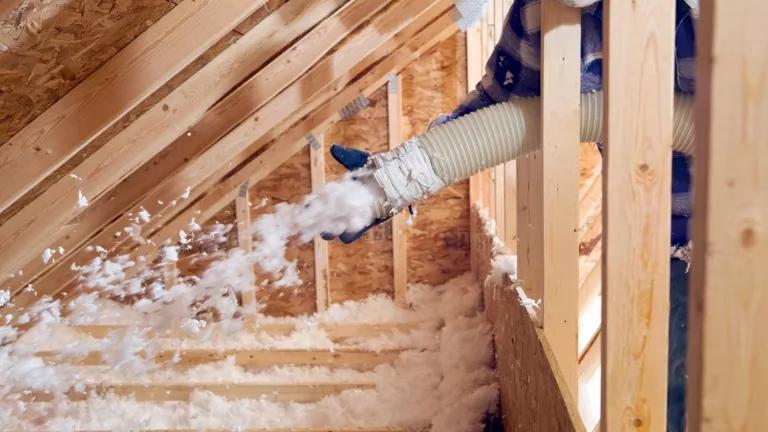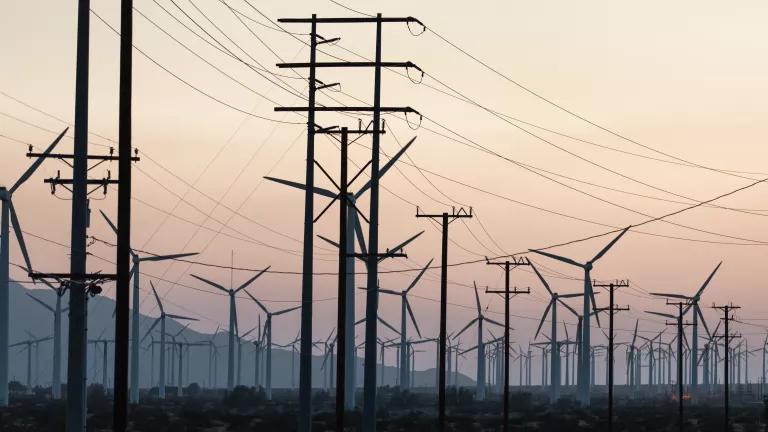A Design Guide to State and Local Low-Carbon Concrete Procurement

Authored by: Chris Neidl and Caleb M. Woodall
Concrete is the most common building material on earth and foundational to the modern built environment. However, its main binding ingredient, Portland cement, is a leading source of carbon dioxide pollution, accounting for approximately 7 percent of global greenhouse gas emissions annually.
Nearly one-third of all concrete used for construction in the United States is procured by state and local governments. As major purchasers of concrete, state and local governments have an important role to play in accelerating sector-wide embodied carbon reduction through their procurement choices. A growing number of states and localities are focusing greater attention on concrete and its use in public projects as an element within broader climate policy and strategy.
This guide offers an actionable survey of leading approaches that leverage public procurement as a tool to reduce the emissions of this ubiquitous building material, create a market for cleaner alternatives, and drive continuous innovation in the sector. Deploying concrete decarbonization policies at the state and local level is a relatively new climate solution, yet the United States has already seen a diverse range of concrete decarbonization approaches across different jurisdictions. This guide provides practical direction for policymakers and advocates on key best practices in this critical area of climate mitigation policy.
Webinars
A Design Guide to State and Local Government Procurement
How LECCLA Became Law


